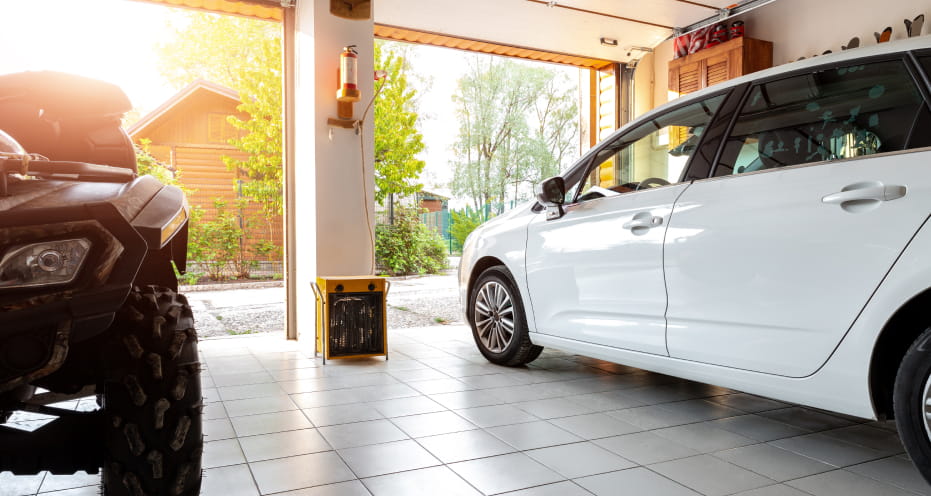Your garage door is the largest and heaviest moving object in your house. Improperly installed or poorly functioning garage doors or openers can be a major hazard to pets, children, family and neighbors, and your vehicle.

Electronic Reversing Systems a Must
Garage Door Openers are now required to have electronic reversing systems and the accompanying sensors at the base of the door. Serious injuries and deaths have occurred due to garage doors crushing down instead of automatically going back up when something is detected in its path.
National standards were established in 1992 to prevent these accidents. If your opener dates before 1992, or your sensors are not properly mounted, your opener could be deemed “non-compliant” and subject you to significant liability should an accident occur.
Non-compliance has two implications for the homeowner. First, repairs to these machines cannot be completed. By law, service companies are prevented from maintaining these dangerous “non-compliant” openers. The standards encourage homeowners to replace these unsafe machines as soon as possible. Second, you face a significant legal liability by continuing to operate a garage door opener without the electronic reversing system.
The safety sensors must be installed properly for your opener to be in compliance. The sensors should be mounted 6” off the floor on each side of the door. Make sure these sensors are cleaned and aligned with each other. Cobwebs, leaves and dirt can prevent the sensors from operating properly.
For liability reasons repair service companies will point out this situation and place a “non-complaint” tag on your opener thus communicating to the homeowner that a dangerous situation needs to be corrected. In this situation the solution is easy—just move the safety sensors to their proper location and a “non-complaint” opener condition is avoided. A much safer situation will result for the homeowner and anyone who might pass under a closing garage door.
Test Your Garage Door Opener To Ensure It Meets Current Safety Requirements. To Test The Opener:
Open your garage door
Place a 2X4 piece of wood flat on the garage floor near the door center
Close the door using the opener
When the door closes on the wood, it should automatically reverse
If it does not reverse, this is a serious safety hazard and the opener settings should be adjusted or your opener should be replaced with a new, safer model.
When to Call a Technician
Other dangerous situations arise when homeowners attempt to do repairs or adjustments of their door, springs, bottom brackets, or other components.
Springs Under Tension
Both the springs and bottom bracket are under hundreds of pounds of tension, and should only be adjusted by a trained professional repair technician. The springs do the actual lifting of the doors and carry a 300-500 lb. explosive force. Significant injuries may result to innocent homeowners who try to tackle these high tension situations.
Doors And Sharp Components
Garage doors weigh several hundred pounds. While garage doors adjustments may be needed due to normal wear and functioning, homeowners need to proceed with caution near tracks and other metal parts. These components may have edges that have been sharpened with the wear of the garage door. They can be extremely sharp and can severely lacerate hands or fingers.
Door Pinching
Homeowners can also severely pinch their fingers when they grab the top of a door section from the outside and attempt to close the door manually by pulling down. Many doors lack outside handles since they are often closed by the garage door opener. We can help you install a handle or step plate to the outside of the door, or consider replacing the door with the new pinch-resistant designed doors.